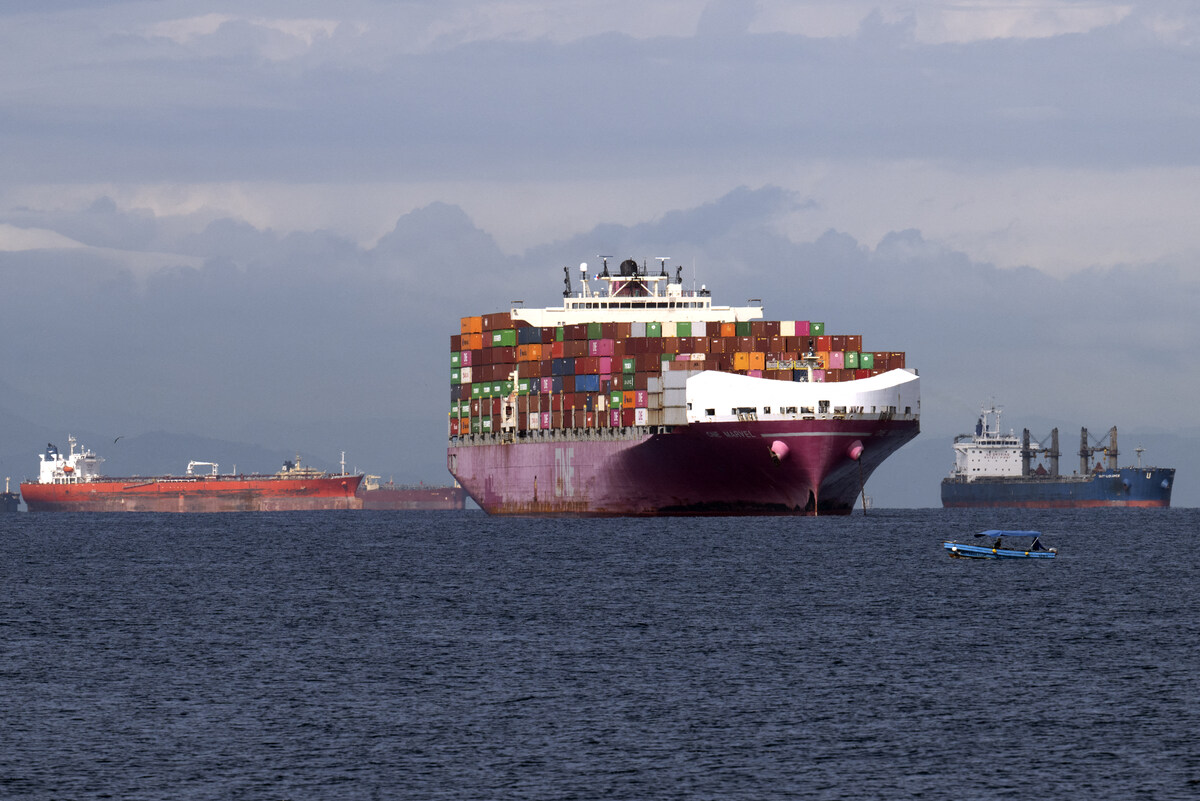Panama City, Panama – The operator of the Panama Canal, the passageway for cargo ships between the Atlantic and Pacific oceans, said Tuesday that it would gradually limit the number of daily crossings due to drought.
Traffic will be reduced to 25 ships a day from Friday, down from 29, and will drop to 18 ships a day by February, the Panama Canal Authority said.
The interoceanic waterway, through which about six percent of global maritime trade passes, welcomed an average of 39 ships a day in 2022, with the number decreasing for months due to water shortages.
“This month of October is the driest since the earliest registers, 73 years ago. The drought caused by the El Nino phenomenon continues to impact the Panama Canal’s reservoir system and, as a result, water availability has been reduced,” the canal authority said.
The 50-mile (80-kilometer) long waterway provides direct access between the Atlantic and Pacific oceans, bypassing the South American continent.
Each ship passing through requires 200 million liters of freshwater to move it through the canal’s locks system, which functions like water elevators and is supported by two artificial lakes fed by rainfall.
The lakes also supply drinking water to half of Panama, a country of about 4.2 million people.
But the nation has faced a biting drought, which has forced canal administrators to restrict the waterway to ships with a maximum draft (water depth) of 43 feet (13 meters).
To save water, daily crossings were reduced this year from 39 ships to 32, and then to 29.
The Pacific warming phenomenon known as El Nino, which can cause drought in some nations and flooding in others, is making the situation worse, meteorologists say.
Canal restrictions have caused traffic delays to soar, with a record queue of 163 ships counted in August.
The canal operator said that month that the limits were expected to lead to a $200 million drop in earnings in 2024.








